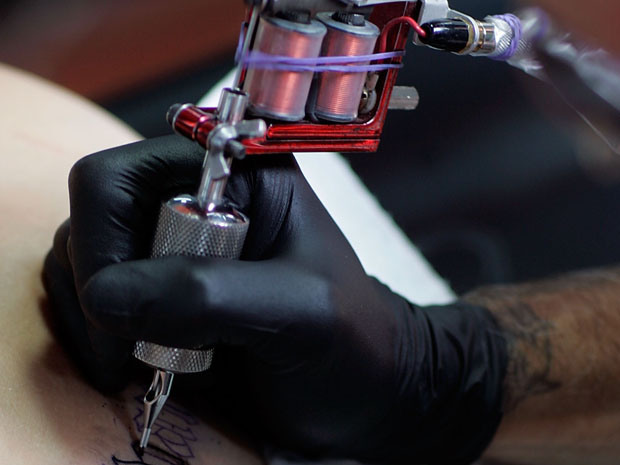Ever wanted to have a tattoo to yourself so badly……well honestly I’ve felt like that so many times but have to let it go as in the Sri Lankan context and with the opinion of my parents it is considered as a mark of indecent.
Tattoos are considered as marks of dangerous thug like people as well as of trendy youth. Different styles do come and go improving this particular art. The meaning behind these paintings on the skin differs across cultures. The practice dated back through civilizations and it is said that these decorative skin marks go back to 6000 BCE in Peru.
But I’m not gonna talk about art of tattoos….let’s look into some science stuff behind this. Have you ever wondered why these tattoos last for a lifetime once it is done on body?? One may think it’s impossible because generally we shed about 40,000 skin cells per hour, so obviously the tattoo should be faded away with time though it’s not. The mechanism behind this has been found and an explanation is given. Let’s see what it is gonna be like.
Educator Claudia Aguirre defines it as follows.
When a tattoo is done on the skin, a tiny needle loaded with ink pierce the skin and the ink particles penetrates through outer most layer of the skin, epidermis up to the inner skin layer, dermis. Dermis is the layer that contains the blood vessels, hair follicles, glands, nerves and lymph vessels. When these needles pierce the skin it causes a wound and finally inflammation. The immune system reacts to this inflammatory action and sends macrophages, a type of WBC to the site of the wound and it has an action to heal the wounds. Macrophages are cells that engulf foreign particles that enter to the body. In the case of tattoos the dye particles act as the foreign matter. Some of the macrophages that have engulfed the dye particles return to the lymph nodes and others stay in the dermis. The remaining dye particles are taken up by the fibroblasts, a type of skin cells and these along with the macrophages make the tattoo permanent in your skin.

Dr. Anne Laumann, MBChB, a professor of dermatology at Northwestern University states that the pigment particles or the dye particles are too big to be engulfed by white blood cells or macrophages so the dye particles just stay in the dermis. Today tattoos have become popular and a research report states that 40% of Americans of age 18-29 have at least one tattoo. Retaining for a long time in the skin once done is what makes a tattoo more appealing. Ageing causes some problematic situations like ink getting blurred if injected deep into the skin and it causes migration of dye particles. Changing of the body shape over the years too has an effect in fading and distortion. Once it is no longer attractive you could even remove that and the most effective and safest, popular method is laser treatment. Laser beam breaks the dye particles into small particles so that they can be carried away by white blood cells and you may have to undergo many sessions of treatment which depends on the size and colors used for the tattoo. Leaving a scar in the skin sometimes and being expensive are the disadvantages over this method.
So just look at your tattoo, the one you probably may show off in front of your friends, think for a minute…you should be giving the credits to your immune system.
References:
Image Sources:
worldmodifications.files.wordpress.com

